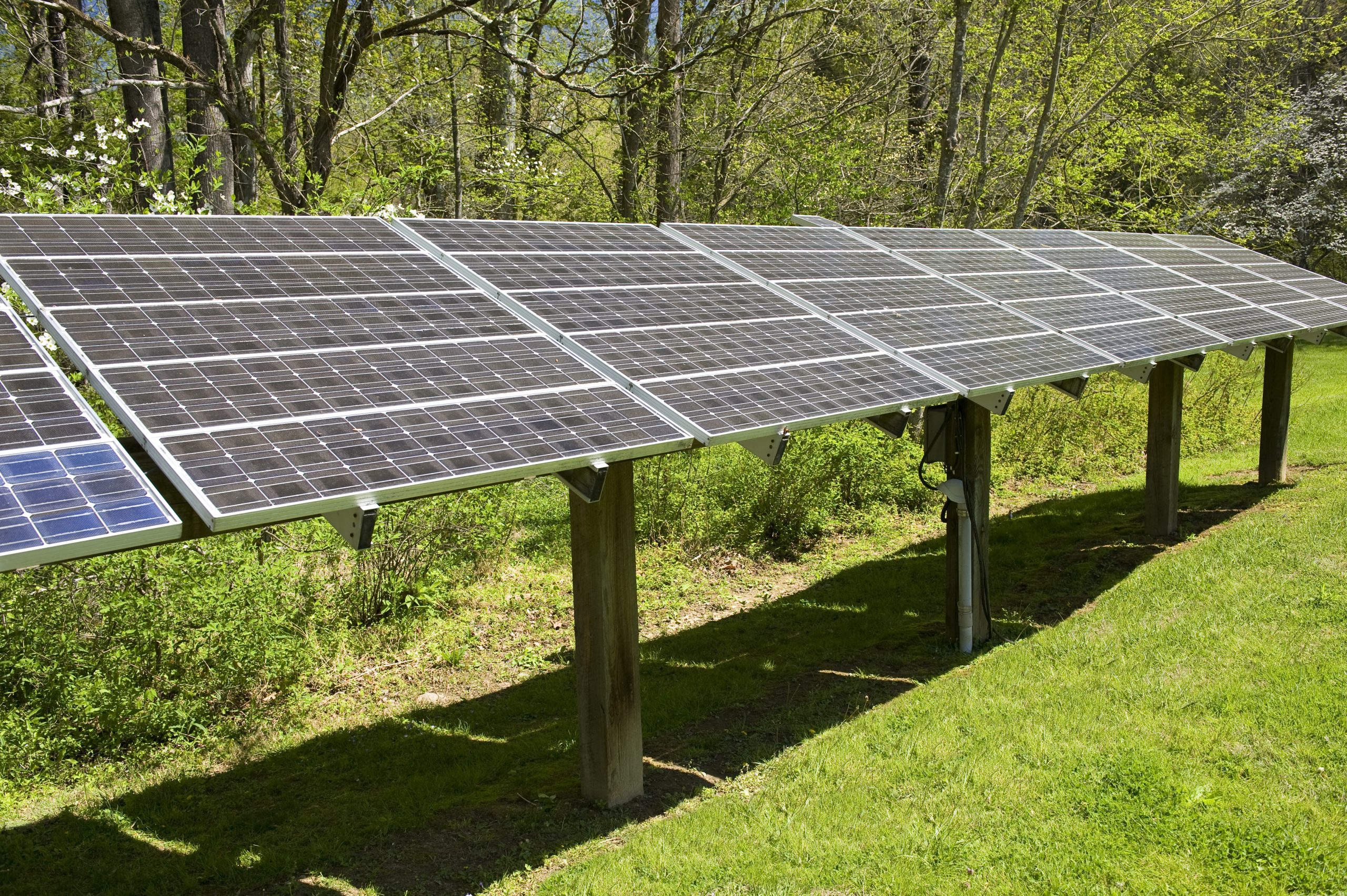Solar power is one of the most popular forms of renewable energy, and it’s easy to see why. With increasing concerns about climate change and a growing desire for sustainability, more people are turning to solar power as an alternative source of energy that can help reduce their carbon footprint while also saving money on electricity bills in the long run. In this article, we will explore everything you need to know about solar power, including its benefits for the environment, how much it costs, choosing the best solar power generator, and even installing your own solar panels if you’re feeling adventurous!

Introduction to Renewable Energy
First things first – what exactly is renewable energy? Renewable energy refers to any form of energy that comes from natural resources that are replenished over time, such as sunlight or wind. Unlike fossil fuels like coal or oil, which take millions of years to form and are therefore finite resources, renewable energy sources are constantly being replenished by nature, making them a sustainable option for meeting our energy needs. Solar power is just one example of a renewable energy source, but there are many others, including hydroelectric power, geothermal energy, and biomass energy.
The Benefits of Solar Power for the Environment
One of the biggest advantages of using solar power is its environmental impact. By harnessing the power of the sun, we can generate clean, green energy without producing any emissions or pollution. This means that switching to solar power can significantly reduce our reliance on fossil fuels, which are responsible for contributing to air pollution, water pollution, and climate change. Additionally, because solar panels don’t produce any noise or vibration, they are considered a quiet and peaceful way to generate electricity.
How Much Does Solar Power Cost
While the initial cost of installing solar panels may be higher than traditional methods of generating electricity, the long-term savings can be significant. Depending on where you live and the size of your system, the cost of installing solar panels has decreased dramatically over the past decade due to advancements in technology and increased demand. Many homeowners now find that the investment pays off within just a few years thanks to reduced electricity bills and tax credits offered by some governments. Plus, with the rising cost of electricity from traditional sources, going solar can provide stability and predictability when it comes to budgeting for your energy needs.
Choosing the Best Solar Power Generator
When it comes to selecting a solar power generator, there are several factors to consider. Firstly, determine the amount of energy you require based on your daily usage patterns. Secondly, decide whether you want a portable or stationary unit. Portable units are great for camping trips or other outdoor activities, whereas stationary units are ideal for homes or businesses looking to offset their energy consumption. Finally, research different brands and models to compare features and prices before making a decision. Some important specifications to look for include wattage output, battery capacity, and efficiency ratings.
Installing Your Own Solar Panels: A DIY Guide
If you’re feeling ambitious, you might consider installing your own solar panels instead of hiring a professional installer. While this process requires some technical knowledge and skill, it can save you a lot of money in the long run. Before getting started, make sure to do thorough research on local building codes and permitting requirements to ensure compliance with all relevant laws and regulations. You should also carefully plan your installation site to maximize exposure to direct sunlight throughout the day. Once you have completed these steps, you can begin purchasing materials and following online tutorials to guide you through the installation process.